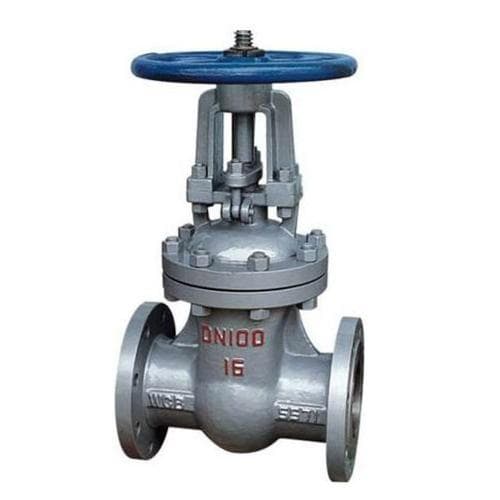There are many types of valves, each with its advantages and disadvantages. Below, we will list the advantages and disadvantages of five main valves, including gate valve, butterfly valve, ball valve, globe valve and plug valve. We hope this is helpful to you.
Gate valve
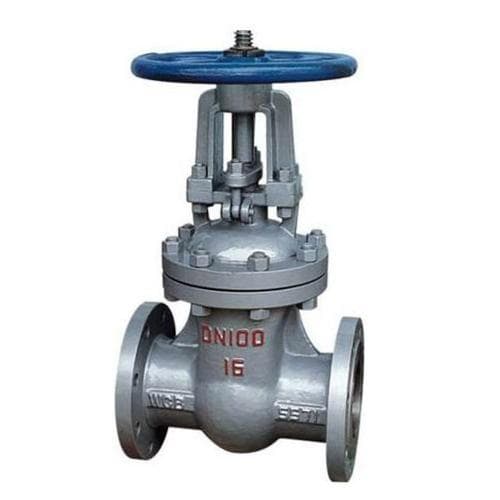
A gate valve is a type of valve in which the closing element (gate) moves perpendicular to the axis of the passage. It is mainly used in pipelines to cut the medium, that is, it is used in fully open or fully closed states. Generally, gate valves cannot be used to regulate flow.
They can be used for low temperature and high temperature and high pressure applications and can be made from different materials. However, gate valves are generally not used in pipelines that transport mud and other media.
Benefits:
① Low resistance to fluids;
② Requires less torque to open and close;
③ It can be used in ring networks where the medium flows in two directions, which means that the flow of the medium is not restricted;
④ When fully opened, the sealing surface is less eroded by the working medium than the globe valve;
⑤ It has a relatively simple body structure and better manufacturing processability;
⑥ It has a relatively short frame length.
Disadvantages:
① The dimensions and opening height are relatively large, and the installation space required is also large;
② The relative friction of the sealing surface during opening and closing may cause significant wear and tear during high-temperature operation;
③ Gate valves generally have two sealing surfaces, which makes processing, grinding and maintenance difficult;
④ Long opening and closing time.
Butterfly valve
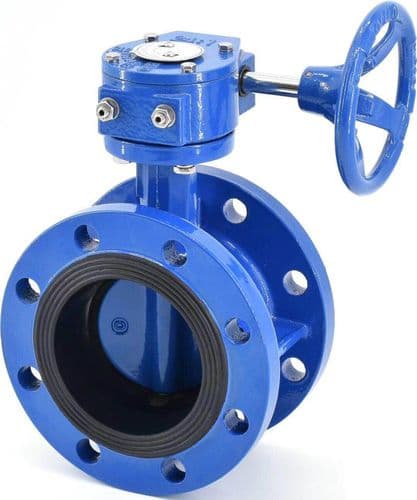
A butterfly valve is a type of valve that uses a circular disc-shaped closing member to open, close and regulate fluid channels by rotating back and forth about 90 degrees.
Benefits:
① It has a simple structure, small size, light weight, low material consumption, and can be used in large diameter valves;
② Opens and closes quickly and has low flow resistance;
③ It can be used for media containing suspended solid particles, and depending on the strength of the sealing surface, it can also be used for powdery and granular media. It can be used for two-way opening and closing and regulation of ventilation ducts and dust removal, and is widely used in gas pipelines and waterways of metallurgy, light industry, electric power and petrochemical systems.
Disadvantages:
① The flow adjustment range is not large. When the opening reaches 30%, the flow rate will be above 95%;
② Due to the limitations of the valve structure and sealing material, it is not suitable for use in high temperature and high pressure piping systems. Generally, the working temperature is below 300°C and PN40 or less;
③ The sealing performance is relatively low compared with ball valves and globe valves, so it is suitable for use in places where sealing requirements are not very high.
Ball valve
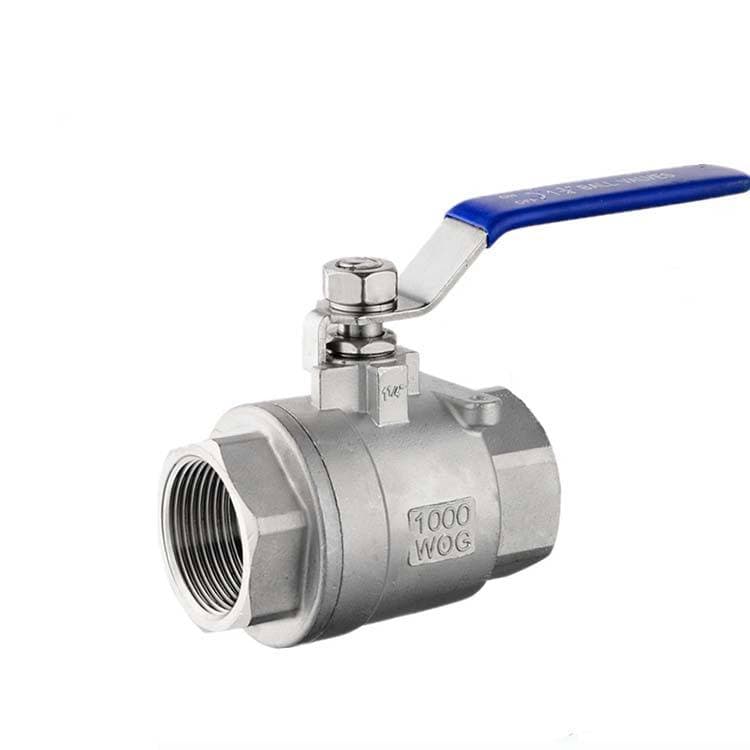
A ball valve evolved from a plug valve. Its closing member is a ball, which rotates 90 degrees around the valve stem axis to achieve opening and closing.
Ball valves are mainly used in pipelines to cut off, distribute and change the direction of medium flow. Ball valves with V-shaped openings also have good flow adjustment functions.
Benefits:
① It has the lowest flow resistance (actually 0);
② When working, it does not stick (without lubricant), and can be used safely in corrosive media and liquids with a low boiling point;
③ Can achieve complete sealing within a wide range of pressure and temperature;
④ It can achieve rapid opening and closing, and the opening and closing time of certain structures is only 0.05-0.1s to ensure that it can be used in test bench automation systems. There is no impact when operating fast opening and closing valves;
⑤ The ball-shaped closing member can automatically position itself at the limit position;
⑥ The working medium is reliably sealed on both sides;
⑦ When fully opened and fully closed, the ball sealing surface and valve seat are isolated from the medium, so the high-speed medium passing through the valve will not cause erosion of the sealing surface;
⑧ It has a compact and light structure, which can be considered the most reasonable valve structure for medium low-temperature systems;
⑨ The valve body is symmetrical, especially the welded structure of the valve body, which can withstand the stress of the pipeline well;
⑩ The closing member can withstand high pressure difference when closing.
⑪ Fully welded ball valves can be buried directly underground, which means that the internal components of the valve are not affected by immersion corrosion. The longest service life can reach 30 years, making it the ideal valve for oil and natural gas pipelines.
Disadvantages:
① As the main material of the ball valve sealing ring is polytetrafluoroethylene, it is inert to almost all chemicals and has comprehensive characteristics such as low coefficient of friction, stable performance, difficult to age, wide temperature range and excellent performance sealing.
However, the physical properties of polytetrafluoroethylene, including a higher coefficient of expansion, sensitivity to low flow rates, and low thermal conductivity, require seat seal design to be based on these characteristics.
Therefore, when the sealing material becomes hard, the reliability of the seal is compromised.
In addition, the temperature resistance level of polytetrafluoroethylene is relatively low and can only be used below 180°C. If this temperature is exceeded, the sealing material will age. Considering long-term use, it is generally only used at temperatures below 120°C.
② Its regulation performance is relatively worse than that of the globe valve, especially for pneumatic (or electric) valves.
Shut-off valve
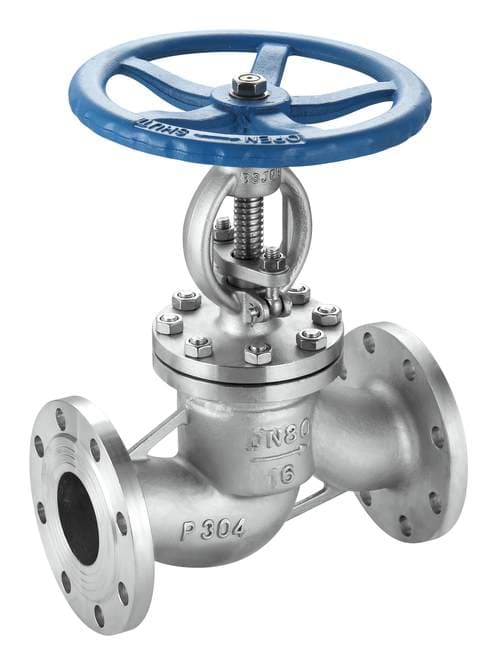
Shut-off valve: refers to a valve that closes by moving the closing element (valve disc) along the centerline of the valve seat.
According to the movement way of the valve disc, the change of valve seat opening is proportional to the stroke of the valve disc.
Because the opening or closing stroke of this type of valve stem is relatively short and has a very reliable cutting function, and because the change in valve seat opening is proportional to the stroke of the valve disc, it is very suitable for flow regulation .
Therefore, this type of valve is very suitable for use as a shut-off, regulating and throttling valve.
Benefits:
① During the opening and closing process, the friction force between the valve disc and the valve body sealing surface is smaller than that of the gate valve, so it is wear-resistant.
② The opening height is generally only 1/4 of the valve seat channel, so it is much smaller than that of the gate valve.
③ There is generally only one sealing surface on the valve body and valve disc, so its manufacturing process is better and easier to maintain.
④ Since the gasket is generally a mixture of asbestos and graphite, its temperature resistance level is higher. Globe valves are generally used in steam valves.
Disadvantages:
① Due to the change in the direction of flow of the medium through the valve, the minimum flow resistance of the globe valve is greater than that of most other types of valves.
② Due to the long stroke, the opening speed is slower than that of the ball valve.
Plug valve

Plug valve is a type of valve in which the closing element is in the form of a cylinder that rotates. It is a valve that opens and closes by rotating 90° to connect or disconnect the shutter channels with those in the valve body.
The plug can be in the shape of a cylinder or cone. Its principle is similar to that of a ball valve, developed on the basis of the plug valve, and is mainly used in oil field development and oil refining.
Benefits:
- Quick and easy operation for frequent use.
- Low resistance to fluids.
- Simple construction with relatively small size and light weight, easy to maintain.
- Good sealing performance.
- The flow direction of the medium can be changed regardless of the valve installation direction.
- No vibration and low noise.
Disadvantages:
- The large size of the valve cover results in high torque and less flexibility.
- Weight and body size limit its use.
- In practice, for large valves, the inverted plug structure must be used, which can easily affect the sealing effect.

